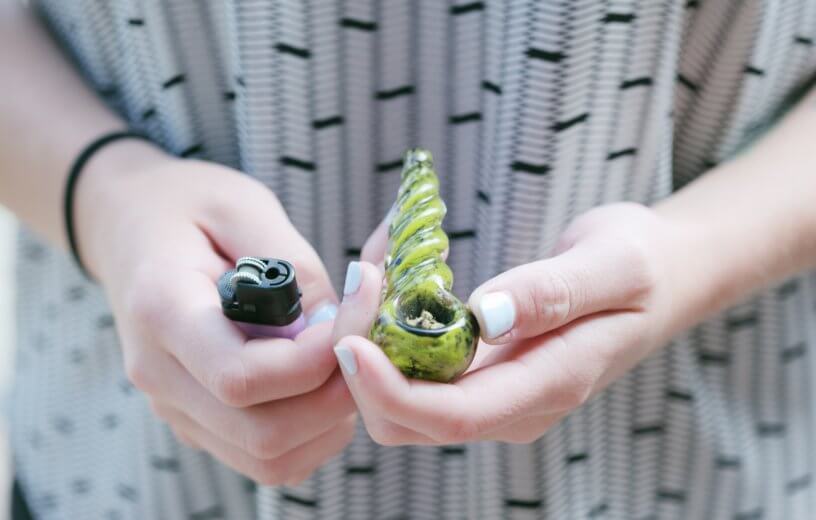BURLINGTON, Vt. — The negative stigma surrounding marijuana use has slowly been disappearing in recent years, with more and more states decriminalizing the substance and legalizing recreational use. However, recent research indicates that more traditional concerns about marijuana’s effects on young people is still warranted after all.
A study conducted by neuroscientists at the University of Vermont’s Larner College of Medicine found that teen brain volume is indeed impacted by even low levels of cannabis use. While previous research has focused on frequent marijuana users later on in life, this study’s authors say their findings are the first to point to an increase in gray matter volume in certain parts of the teenage brain after using a very small amount of marijuana – just one or two joints.
“Consuming just one or two joints seems to change gray matter volumes in these young adolescents,” says first author and Professor of Psychiatry Hugh Garavan in a release. “The implication is that this is potentially a consequence of cannabis use. You’re changing your brain with just one or two joints. Most people would likely assume that one or two joints would have no impact on the brain.”
Conducted as part of a larger European study on how outside factors influence brain development in adolescents, Garavan and his team examined the brains of 46 teenagers who reported using marijuana no more than twice before the age of 14.
The teenagers’ brain scans exhibited more gray matter volume in their cannabinoid receptors, the areas of the brain where cannabis binds, compared to teenagers who had never used marijuana. The biggest differences in gray matter volume were in the amygdala, which processes fear and other emotion-related bodily responses, and the hippocampus, the brain structure most associated with learning and memory.
The study’s longitudinal data also allowed researchers to rule out the possibility that the teens’ differences in gray matter were preexisting or linked to individual personality traits.
Ultimately, researchers say they aren’t sure what these increases in gray matter really mean. According to Garavan, during teenage years the brain goes through a “pruning” process in which it refines its synaptic connections and rids itself of unnecessary matter.
“One possibility is they’ve actually disrupted that pruning process,” Garavan explains.
The study is published in the Journal of Neuroscience.
